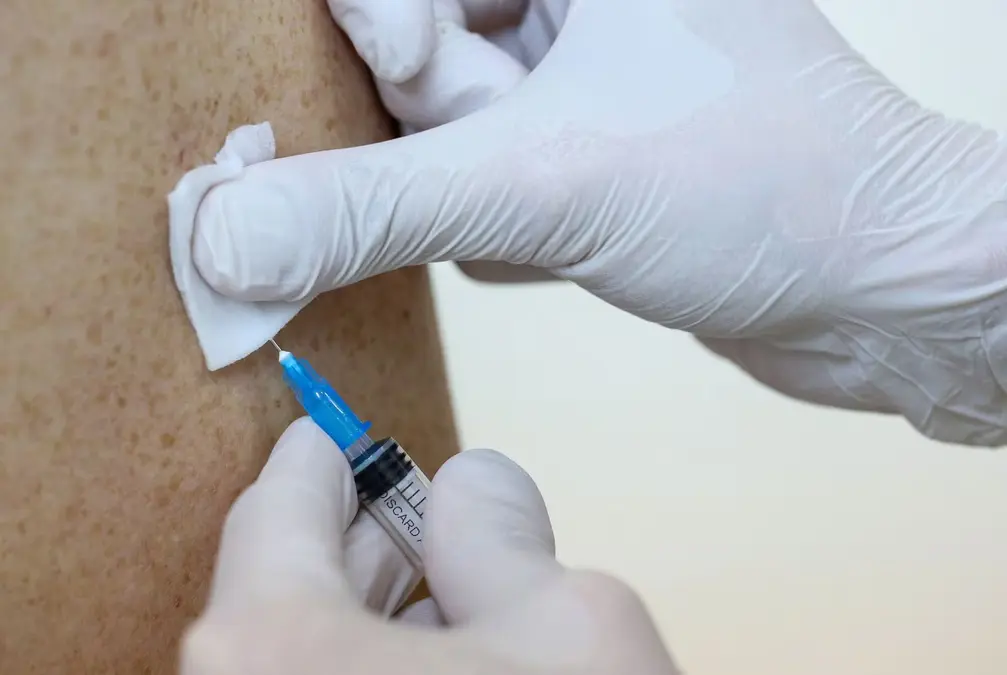T4K3.news
AAP Diverges from CDC on Covid Shots for Children
The AAP releases new Covid vaccination guidance that diverges from CDC recommendations, signaling a shift in pediatric vaccination policy.
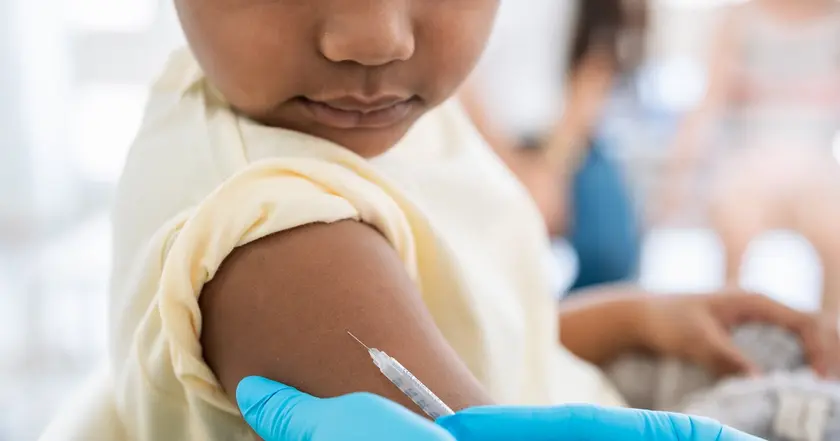
The American Academy of Pediatrics issues new Covid 19 vaccination guidance that substantially differs from federal CDC recommendations.
AAP Diverges from CDC on Covid Shots for Children
The American Academy of Pediatrics has published new Covid 19 vaccination guidelines that differ in a significant way from federal guidance issued by the Centers for Disease Control and Prevention. The AAP now strongly recommends Covid-19 shots for children aged 6 months to 2 years and says vaccines should be available for older children if parents choose to vaccinate. This represents the first substantial divergence from the government’s recommendations in three decades of joint guidance. The shift comes as public health faces a volatile political climate and mixed messages around vaccine policy.
In parallel, the AAP notes that vaccines are still advised for older children who have chronic lung diseases or other conditions that raise their risk for severe disease. The group also contrasts with recent moves under Health Secretary Kennedy to scale back the emphasis on healthy children receiving Covid vaccines. Kennedy has created a new advisory panel and omitted some major medical bodies from participating in setting fall vaccination priorities. The CDC previously urged annual boosters for all Americans 6 months and older, and its language has shifted over time to reflect a narrower should-be framework for healthy children.
The AAP’s stance reflects a long-standing pattern where pediatric and public health bodies align with federal guidance, but this time the gap is notable. Separately, the new advisory panel endorsed continuing flu vaccination while favoring single-dose vaccines free of the preservative thimerosal, a move the AAP says is not supported by evidence of harm from thimerosal-containing products. The result is a more complicated landscape for families navigating vaccination decisions and for clinicians communicating risk and benefit to patients.
Key Takeaways
"It is going to be somewhat confusing."
Campbell on the mixed messaging around the new guidance
"We need to make the right choices for children to protect them."
Campbell explaining the rationale for the guidance
"Vaccinations also are recommended for older children who have chronic lung diseases."
AAP detailing high-risk groups
"This is the first time in 30 years the recommendations have differed significantly."
Comment on the history of alignment
The split between the AAP and the CDC underscores a broader tension between clinical consensus and political process. It tests public trust at a moment when vaccine messaging carries political weight and inconsistent signals. For families, the divergence may create understandable confusion about who to trust and when to vaccinate. For pediatricians, it adds a layer of judgment calls in a climate where recommendations can appear unstable. In the longer view, the episode risks shaping how medical organizations negotiate with political leadership and how future vaccination policies are crafted in a divided political environment. The key challenge ahead is to maintain clear, evidence-based guidance while acknowledging the realities of shifting public health priorities and risk profiles across age groups.
Highlights
- We need to make the right choices for children to protect them.
- It is going to be somewhat confusing.
- Vaccinations for high risk kids are still a priority.
- AAPs stance shows independence from federal guidelines.
Policy shift raises political and public reaction risks
The divergence from CDC guidance amid a charged political climate could fuel public backlash and confusion, potentially affecting vaccine uptake and trust in health institutions.
Trust in health guidance will be measured by consistency and usefulness as policies evolve.
Enjoyed this? Let your friends know!
Related News
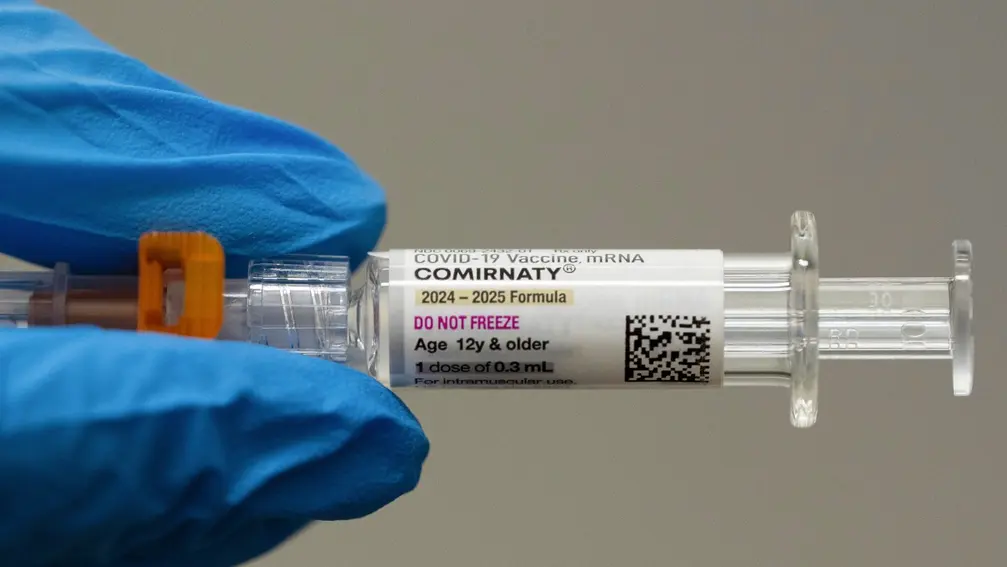
AAP diverges from CDC on child COVID vaccines

AAP breaks with federal Covid guidance for babies

AAP backs COVID vaccine for infants amid clash with Kennedy and CDC
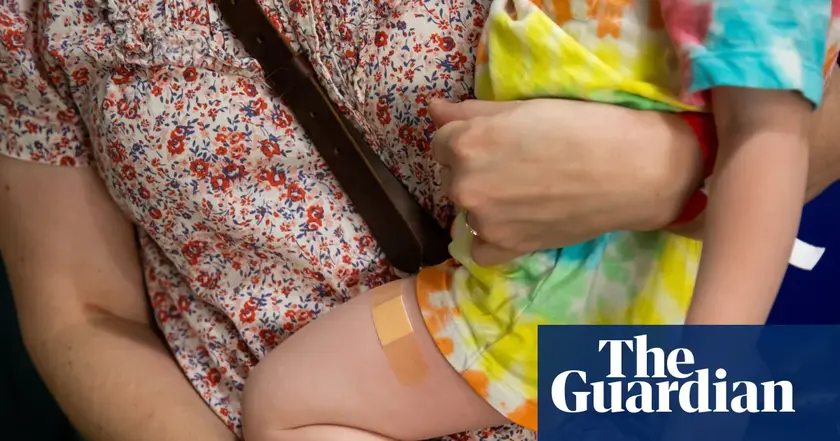
AAP updates vaccine guidance for toddlers
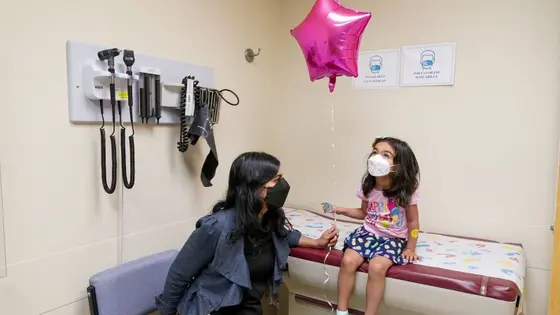
AAP updates vaccine guidance for young children

AAP challenges Kennedy on COVID vaccines

Idaho Implements New Vaccine Policies Amid Trust Crisis
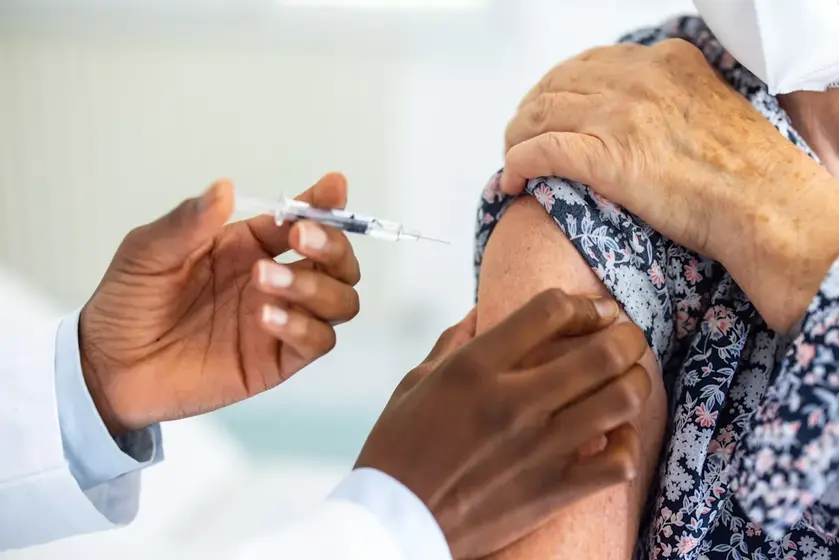
Covid vaccine update timeline
